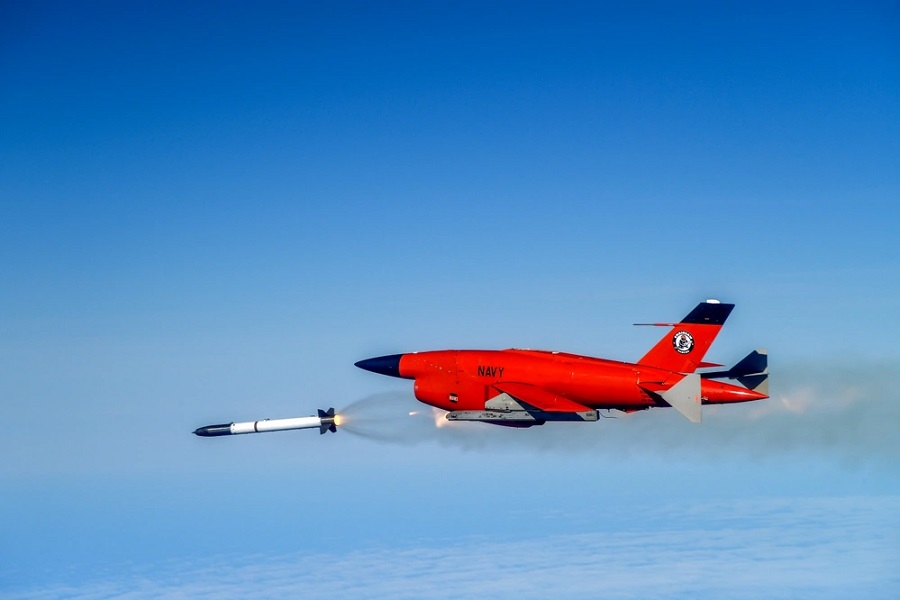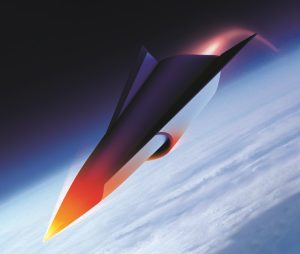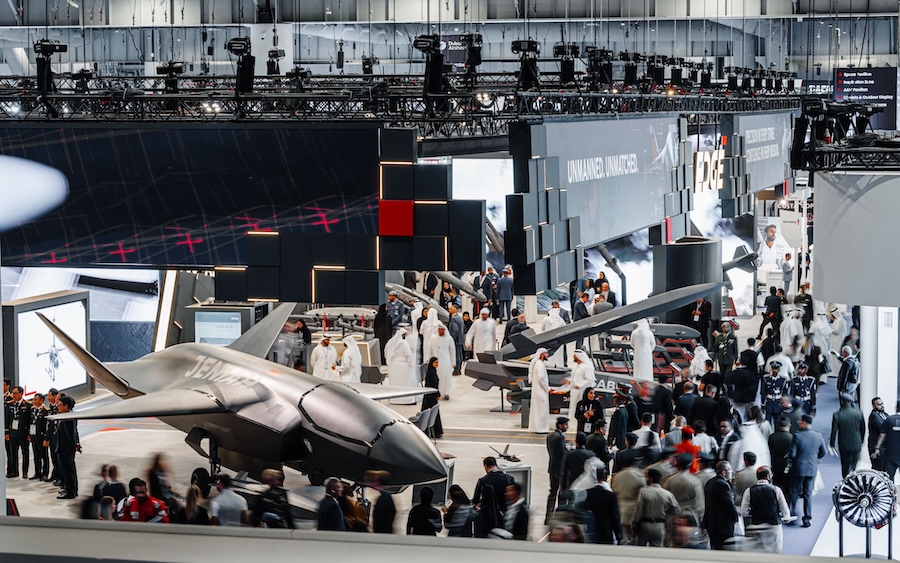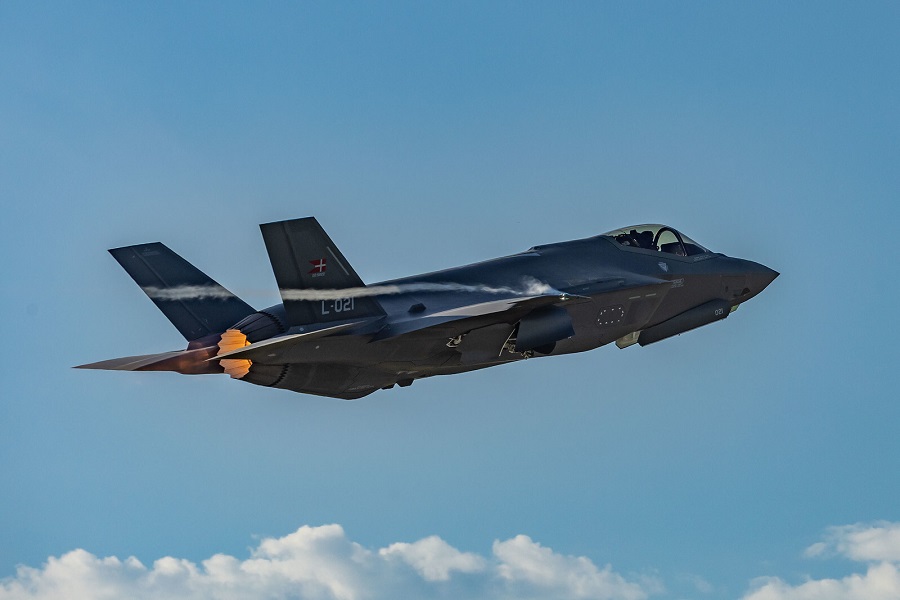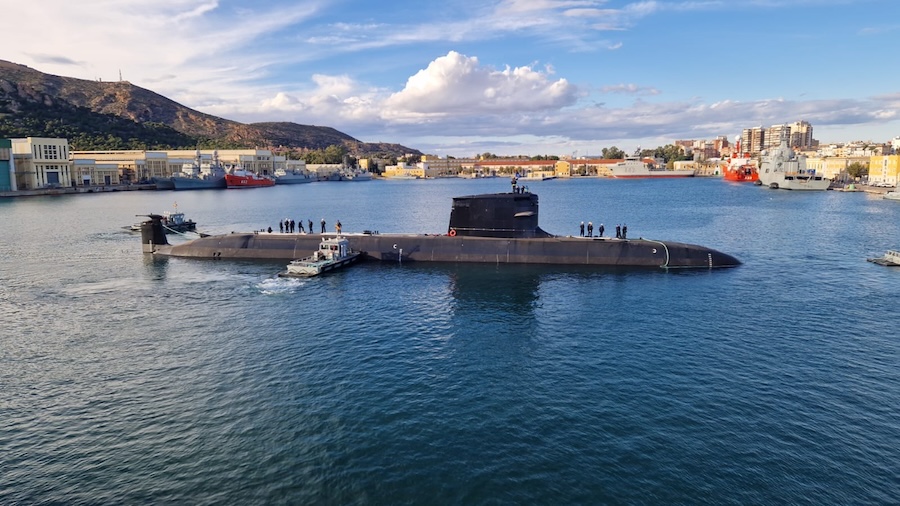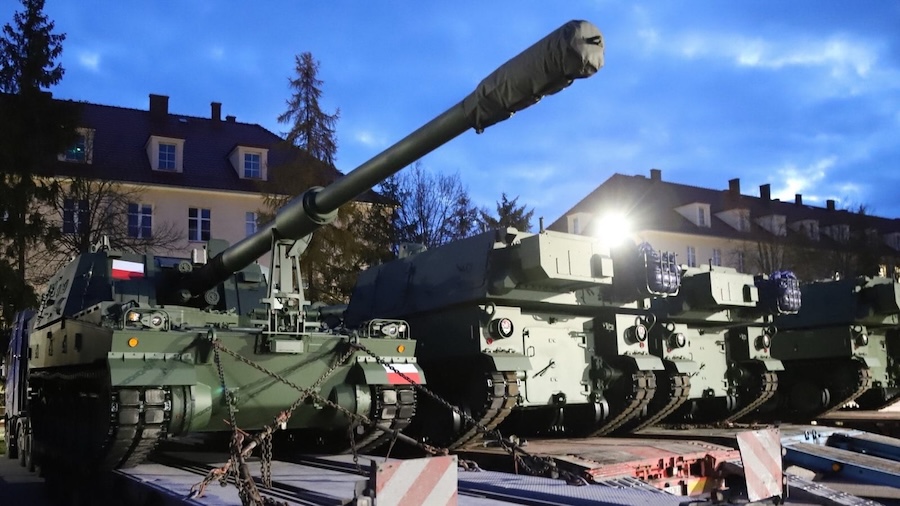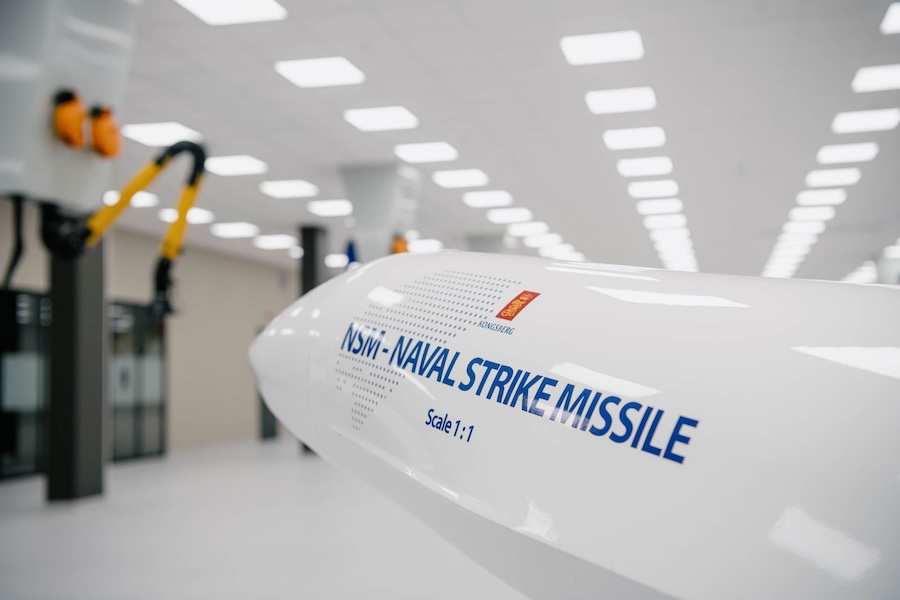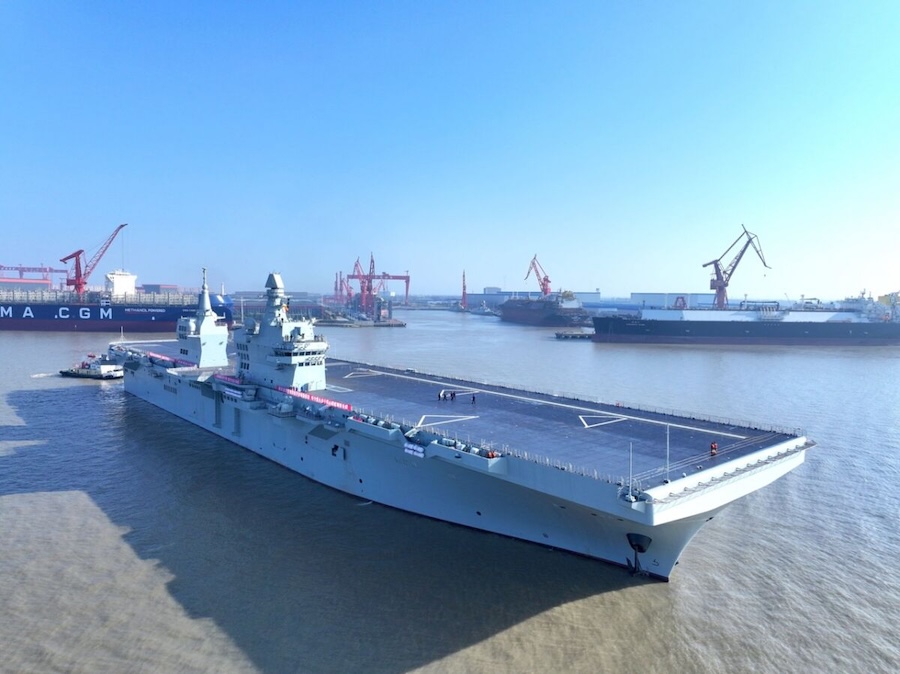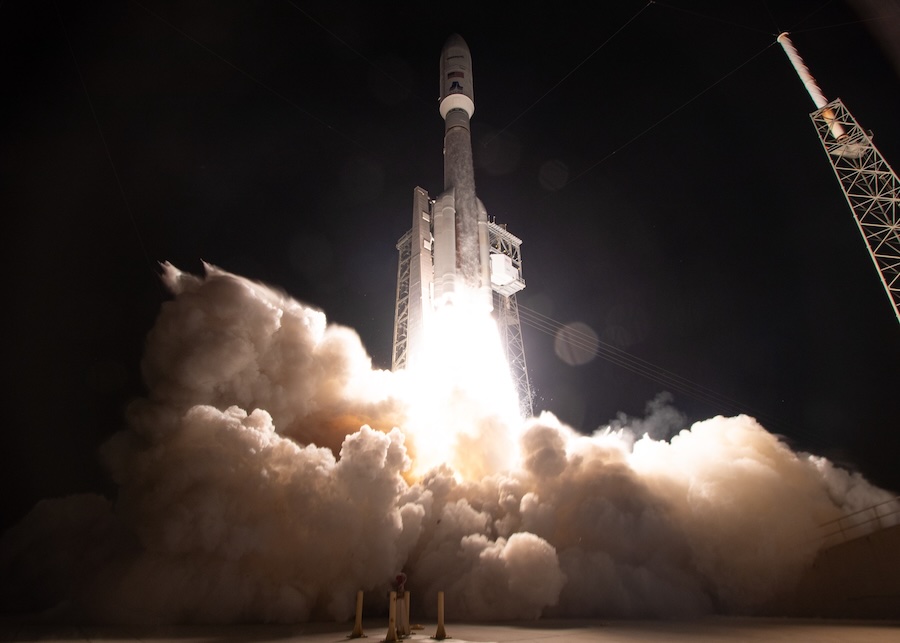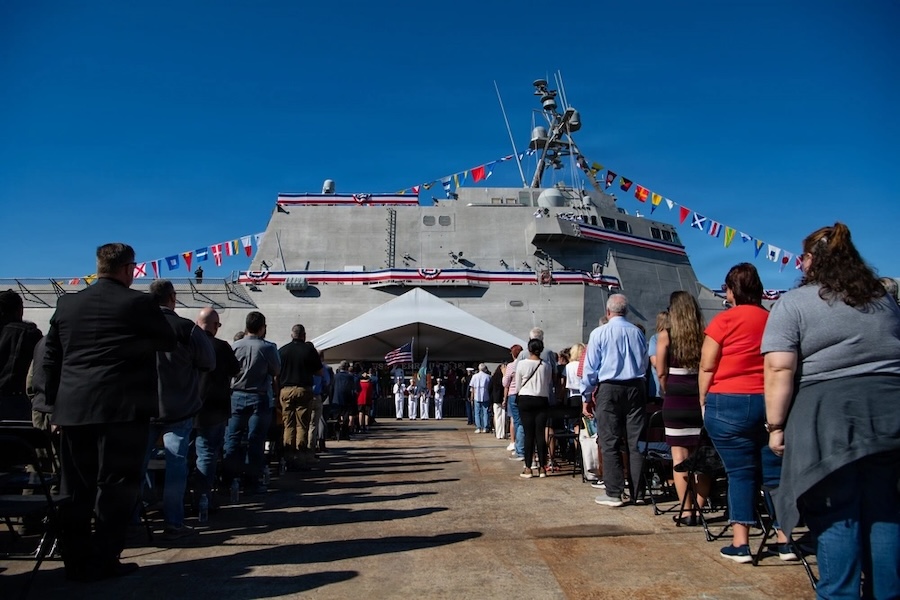The groundbreaking test integrated a fire control system on a BQM-34 unmanned target vehicle, allowing for live firing and demonstrating the potential for warfighters to engage targets from greater distances safely. The advancement marks a step forward in developing high-speed, long-range weaponry for future naval operations.
NAWCWD served as the Lead Prototype Integrator, combining cutting-edge propulsion, avionics, and fire control technologies into the technology demonstrator within just 12 months. This rapid transition from research to operational use is deemed essential for maintaining a technological edge in modern warfare.
Abbey Horning, Product Director of NAWCWD’s Advanced Concepts, Prototyping, and Experimentation office, expressed confidence in the success of the integration. “This successful integration validates key aspects of our design and moves us closer to delivering an advanced propulsion system that will provide warfighters with greater range and speed,” Horning said.
Although Solid Fuel Ramjet technology has been known for decades, the recent test highlights its continued relevance in contemporary combat scenarios. “We’re not just revisiting an old idea; we’re refining and modernising it to fit today’s mission,” Horning added.
SFIRR technology simplifies missile propulsion by eliminating the complexity associated with liquid fuel systems, resulting in reduced weight. This enables missiles to carry more payload and achieve extended range with enhanced manoeuvrability.
Horning emphasised the practical advantages of the innovation: “SFIRR offers a balance of affordability, reliability, and performance tailored to the Navy’s operational needs.”
Ephraim Washburn, Deputy Director for Energetics at NAWCWD, drew a parallel between the evolution of SFIRR technology and advancements in the automotive industry. “We’ve been driving cars since the early 1900s, but that doesn’t mean we stopped improving them,” Washburn stated. “Solid fuel ramjet technology had significant investment in the 1970s and 1980s, but we’re making it a modern propulsion solution for the fleet today.”
These advancements align with the Navy’s commitment to maintaining technological superiority. NAWCWD collaborates with government, industry, and academia to drive propulsion innovations forward. Insights gained from this test have directly influenced the development of a next-generation missile prototype, aimed at enhancing speed, range, and operational flexibility.
Washburn concluded by highlighting the ongoing refinement of the technology: “This is a combat-credible technology. We are working to refine its range, endurance, and targeting capabilities.”



